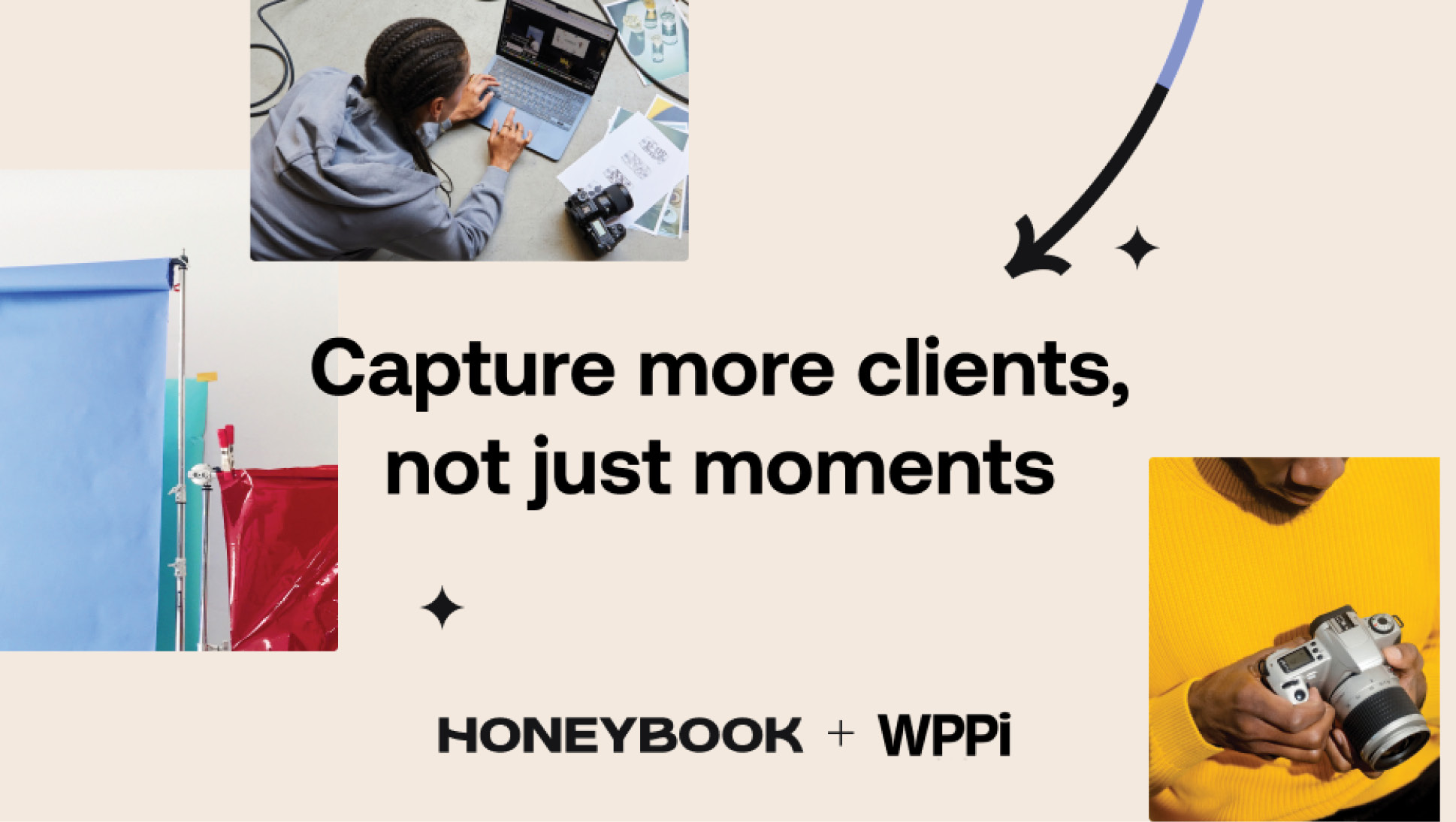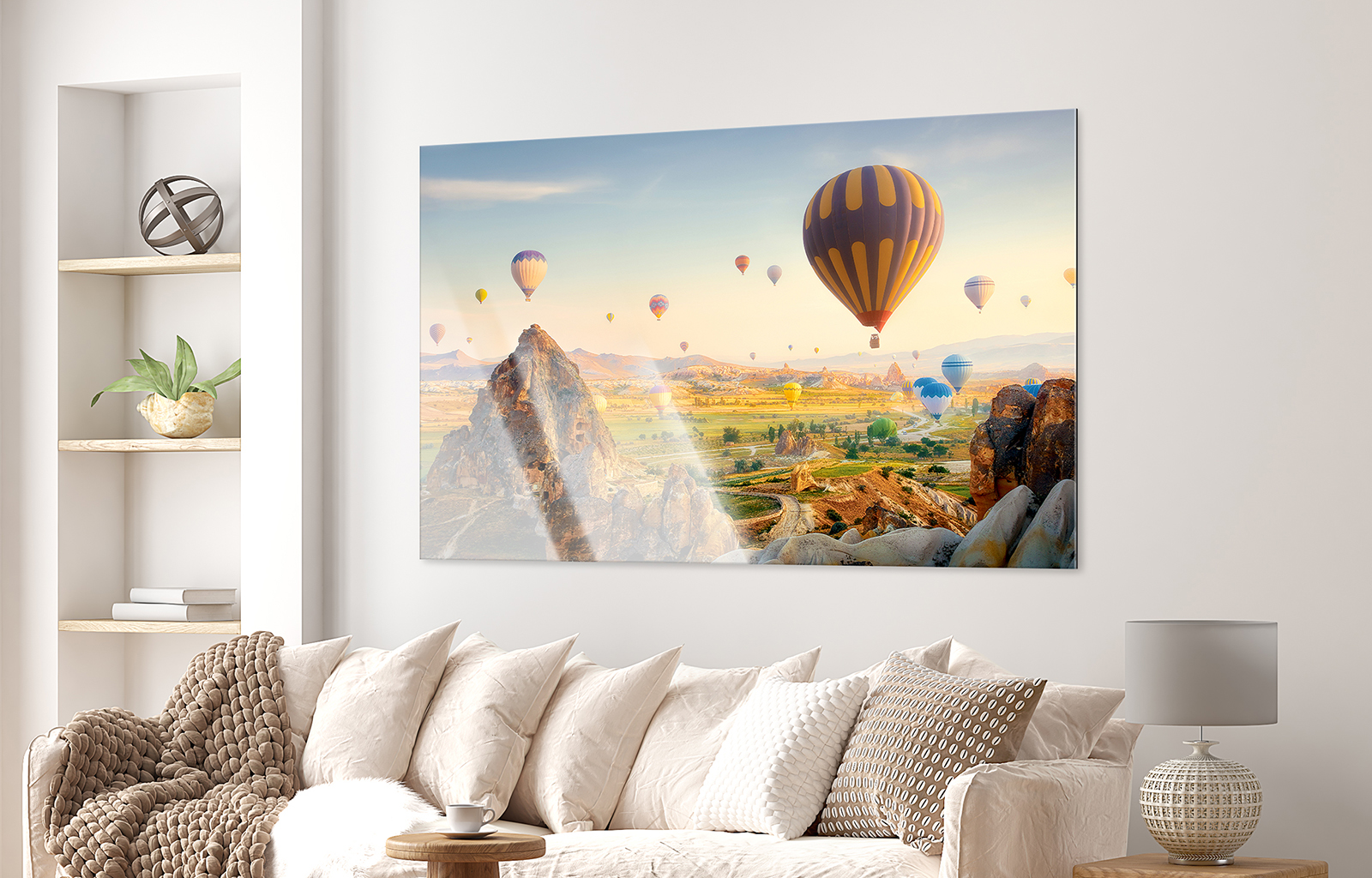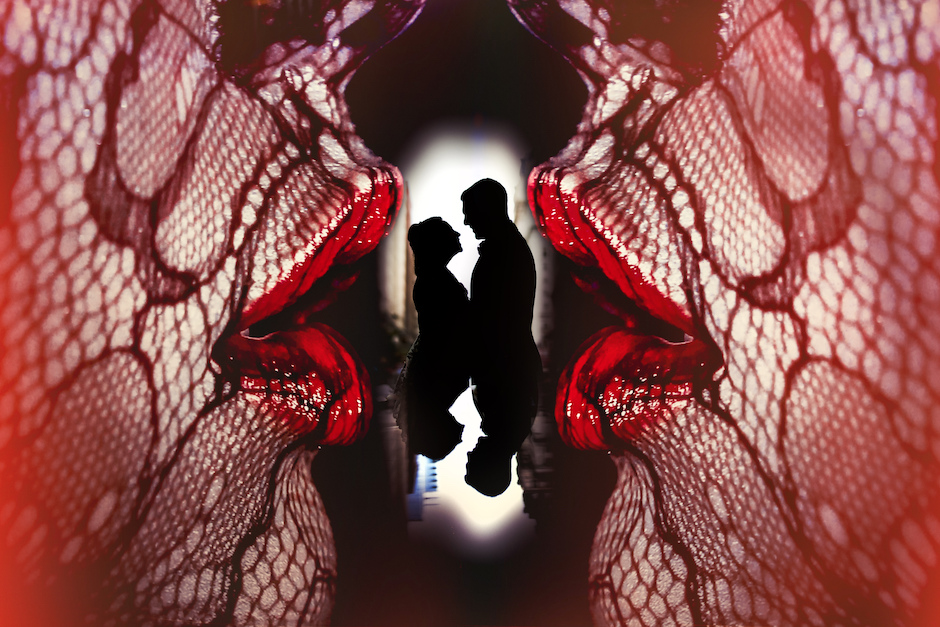 Students of Storytelling
Students of Storytelling 
Fujifilm Students of Storytelling: Gabriella Wyke Smashes Stereotypes
August 21, 2020
"Dear Black Man, I want to know what it’s like being you. Not just the stuff I hear about in the news but I want to know about what you really do Is it true? Do you thug around all day, with no plan, looking for trouble? Is all you do just leave, cheat and steal? Is there something in your melanin that makes you want to do drugs and be violent? Maybe it’s the direction in which your Black hair curls is what makes you decide to attack people for no reason. Is it true? See how ridiculous that sounds? Yeah I thought so too." Fujifilm X-Pro3 with an XF23mm f2.0 R WR lens.
Savannah College of Art and Design (SCAD) graduate Gabriella Wyke has been hard at work on a documentary series titled “The Letter,” which focuses on showcasing Black men in a positive light, much opposed, she says, to how they are portrayed in the media.
Wyke won the Fujifilm Students of Storytelling competition for this work, which she continues so that people “can see these men’s stories, know their names and know that they are people too.”
Fujifilm created the contest to identify the next generation of U.S. storytellers, and to provide them with Fujifilm X Series or GFX system gear to bring their vision to life.
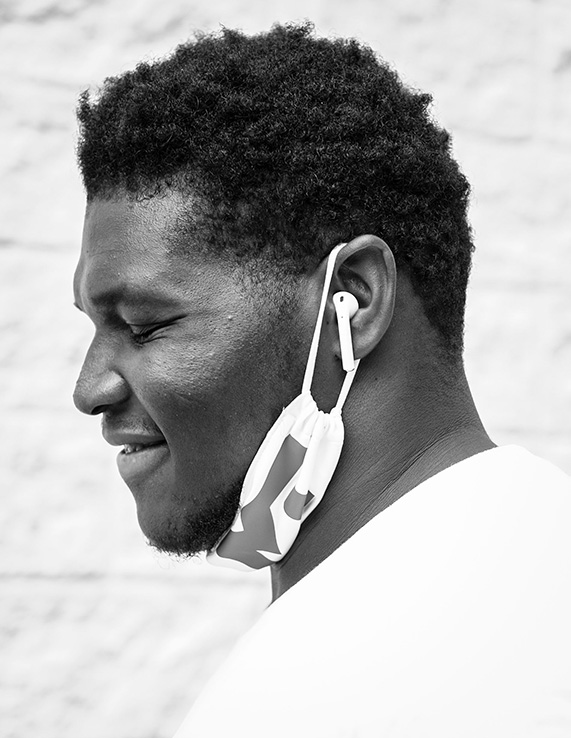
Rf: What interests you as a storyteller?
Gabriella Wyke: As a storyteller I am most interested in interacting with and getting to know the characters of the story I am telling. People are so complex yet simple at the same time and one can never get bored with the endless experiences they reflect. As such I am also drawn to stories that usually have anything to do with the human experience—how we interact with each other and our environment. It seems very broad but when I look back at the work I have created, people are the only constant. Currently I am very interested in social issues and the stereotypes that are birthed as a result. With my work the aim is to always show people for who they truly are.
Rf: What stories do you want to share through your work?
GW: I want to share stories that incite some social change or change within individuals that experience my work, and stories that are about human beings becoming better than they were yesterday. However, these stories can take any form of art and expression.

Rf: How has your style and approach changed over time?
GW: For a long time, I struggled to find what my style was, but realized that it would always change depending on the kind of work I was presenting. Currently my style can be described as documentary and photojournalistic. A black-and-white aesthetic is something that I have also clung to for the past couple years. A black-and-white image forces you to assess who a person is whereas color sometimes distracts us so we are not able to see a person as deeply as we should. I believe this love for black and white came when I was introduced to film photography at my university. I fell deeply in love with the tones and contrast and grain that film offers, so whenever I would pick up my digital camera I would frame and compose images with those things in mind. The film process also taught me a lot about slowing down during the making of a photograph, so my approach even before I arrive at a venue is one that is observant. With film, every snap is precious because film photography is not as convenient and affordable as digital photography but with that, my work ethic has become more concentrated on the quality than quantity. Gordon Parks is definitely one of the photographers that inspired my approach as well. He was never afraid to get deep into the trenches of what was really there yet he always did it with a high quality of execution.

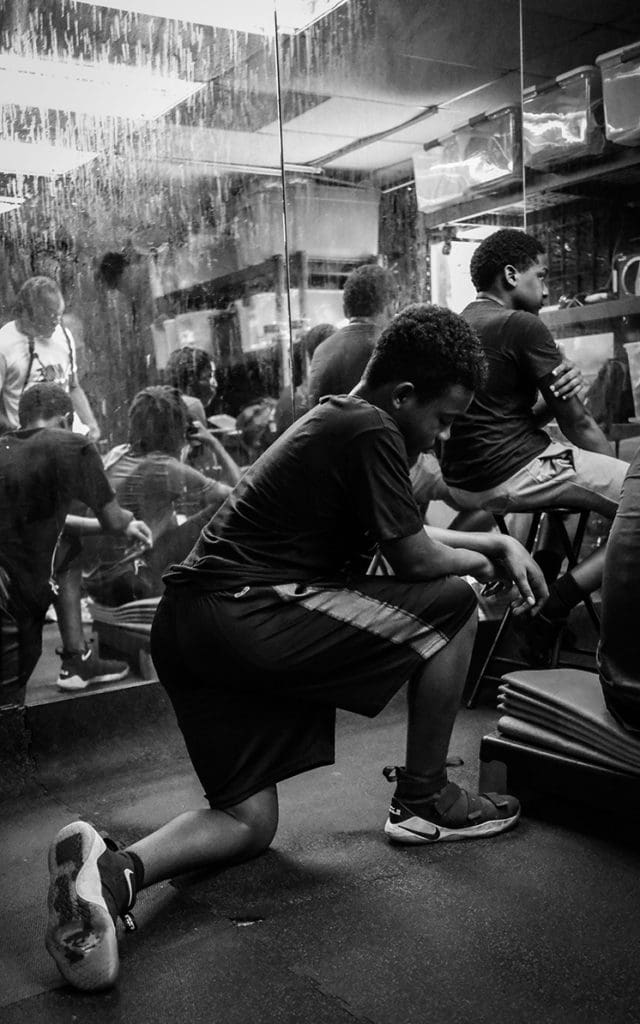
Rf: What are the key things you have learned or done that have helped you advance your career since you began photographing?
GW: To never stop learning. I still remember my first photo class at my university quite clearly, where we were asked to bring in some of our best images—I put together a nice PowerPoint thinking I would impress the class and my teacher but I was sadly mistaken. After my professor went on about how elementary my photography was, I was shattered but realized soon enough that I needed a reality check. No matter how good I think I am, I can always do better. From that day forward I began to intentionally exercise humility and press harder than I ever had in my photography. It is something I am still learning to balance today. Some other lessons include being real and being myself, remembering that when I release work out into the world that it no longer belongs to me and knowing that it is okay not to be in full control.
Rf: What is the most helpful piece of advice you’ve received and followed?
GW: In terms of advice I would first reach all the way back to my upbringing by my parents and primary school teachers. My parents would tell me that with Jesus Christ, I could do anything and that the only thing I control is my attitude. These have been statutes that I have lived by for most of my life and I believe they have influenced my work ethic, mindset, drive and the way I respond to injustice of any kind. The motto of my primary school in Trinidad and Tobago where I was born and raised is, “Only the best is good enough” and so from an early age my motivation to be my best was ingrained in me. If I try my best at what I do, I know that I am doing all that I can. If I do not put my whole heart and full commitment into something then I only have myself to blame for the way things turn out.
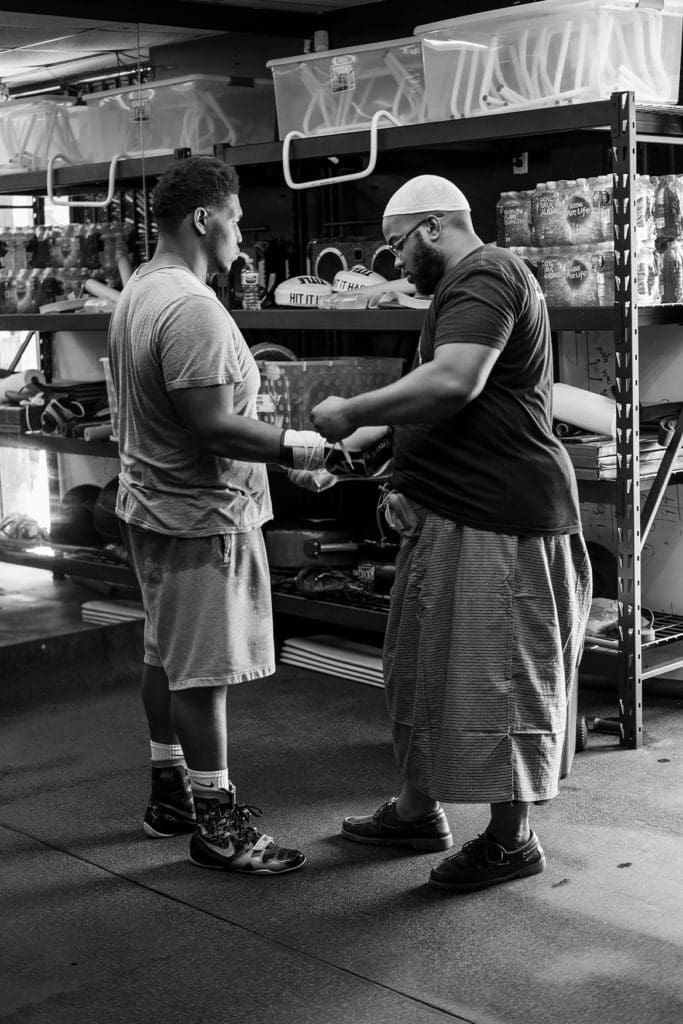
Rf: How has photographic education affected your career and development as a photographer?
GW: After studying photography at the Savannah College of Art and Design for the last 3 years of my life, I can honestly say that my work and work ethic has grown significantly. Not just the instruction but the many interactions that I have had with my professors and classmates has opened up my scope in many ways. The term “iron sharpens iron” (Proverbs 27:17) is not just a myth because I have seen it demonstrated in my photographic career. The people that surrounded me in school constantly challenged me to do better and caused me to see the world from a different perspective. College is where I learned about many greats and some of my favorite photographers like Julia Margaret Cameron, Gordon Parks and members of the Heliographic Mission. It was where I realized there was a world outside of taking photos of flowers and clouds. Not that anything is wrong with that but my understanding of photography lived in such a tiny box for a while that it was not until I made a commitment to study, learn and expand my understanding was I able to grow as an artist.
Rf: Your new documentary series, The Letter, celebrates Black men. What motivated you to tell this story?
GW: The mere fact that I was raised by a Black man, sister to a Black man, someone who is mentored by Black men, a friend to Black men, teacher to young Black boys and somebody who is loved my many Black men prompted me to start “The Letter.” I could not and still cannot wrap my mind around why Black men are treated so poorly, because I have experienced the best of them. In general, it is mind boggling to think that any one group of individuals can be stereotyped the same way when each person comes from a different place, has different experiences and motives. Through making the work I have learned that it is a human reflex to judge but also a human’s choice not to judge. I choose to celebrate these men because like everyone else they need to be supported, encouraged and lifted up in love. For the last few months, the abuse they endure daily has been amplified in the media but nobody is showcasing the men who are resilient despite the treatment they receive. With a hate culture of Black men dating as far back as African slavery, some people are convinced that they have no value. That is why I have chosen to share the stories of the Black men that are truly good! The Letter seeks to normalize what is already normal to many. Black men are men, human, regular people who do regular things.
Rf: What are you hoping to achieve through your work?
GW: I hope that my work truly encourages the Black men that see it, and also opens up a dialogue between the men and viewers who never had the courage to ask each other questions…that it really shows the general public that these men are just as human as any other. What they do on a regular basis is no different from what men of other races do. They provide for their families, they love their kids and their wives, they are ambitious, educated, they are driven, they are kind, strong, selfless, they are resilient and clearly forgiving. They are upstanding citizens, good contributors to society and culture and they need to be uplifted like any other human being. My work in no way excuses people who are quite the opposite but the point is that if a Black man does slip up or make a bad decision it is not because he is Black. It is because he is a man that is imperfect like every other man. Therefore, he too deserves forgiveness. I also hope that this work shows people that the media (inadvertently or not) has colored these men in a very negative way. From Hollywood all the way to real life news there are perpetuating stereotypes that are just down right derogatory. The media may take a long time to change this or never will but we, as intelligent, educated citizens can work hard to unlearn how we see the Black man.
Rf: Can you tell us about your submission to Fujifilm’s Students of Storytelling program?
GW: Interestingly, “The Letter” had been in the works for quite some time before I applied for this opportunity with Fujifilm. There was no COVID-19 and George Floyd’s name was unknown to all. The idea was actually birthed out of my first experience taking photographs on the street. My photojournalism professor at the time gave my class an assignment to ride the bus in Atlanta and document our trip. While editing the photos I had taken, it got me thinking about historical socioeconomic opportunities within the Black community. Weeks later, we had an assignment to photograph on Auburn Avenue, the street where Dr. Martin Luther King Jr. and his family dwelled when he was alive. I took even more photos of Black men within the area and eventually I had to sit and think through what drew me to these men. I realized that they have always been a big part of my personal development, therefore I felt that highlighting them in my work would be a nice way to honor the Black men in my life. Graduation came next and my closing virtual exhibition at SCAD. With COVID-19 and social distancing in place, I had to find another way to continue documenting the stories of the men, which led me to conduct recorded interviews over Zoom. This is when I decided to incorporate video and make it a full-blown documentary series. It was not until the last few days of preparing for that, another one of my professors who saw my work and strongly advised that I submit it to Fujifilm’s Students of Storytelling competition.
Rf: What works have you produced with your new Fujifilm systems?
GW: I am currently using the camera awarded to me, the Fujifilm X-Pro 3, to focus on continuing documenting “The Letter” for the most part. Additionally, Fujifilm in their generosity gave us all Fujifilm Instax mini LiPlay cameras which allows me to take photos and print them instantly! I have been having a ton of fun with it around the house as a way of making my simple moments spent indoors, special. I am even strongly considering using it to add another dimension to “The Letter” as another way of documentation.
Rf: Where do you see your work going from here?
GW: My desire is to see this project in all major news outlets and in print as a capsule of who these men are. It is really important for it to be kept alive as long as possible because the more people that see the good in these men on platforms that are credible, the more that mindsets and attitudes will change for the better. Some of my favorite media outlets are Getty Images, Reuters, The New York Times and the Atlanta Journal and Constitution (AJC). Eventually I will publish a book of these photos as another means of mass distribution and finish the documentary film that can be used in schools, the work place and other phases of life where personal development is pivotal.
Rf: Which brand, media outlet or agency is your ideal client?
GW: My ideal client would be Getty Images because their archive is famously credible for important figures and moments in history. I want my work to be a part of the possible change in history of how Black men are viewed. If years of negative stereotypes in the media can cause people to see Black men in a narrow and negative way, then possibly an influx of positive imagery can cause people to see them in a positive way. I can only hope but the least I can do is try.
Visit the official Fujifilm Students of Storytelling site for more information about the complete program. Follow @gifts_from_gab to stay up to date with Gabriella Wyke.


